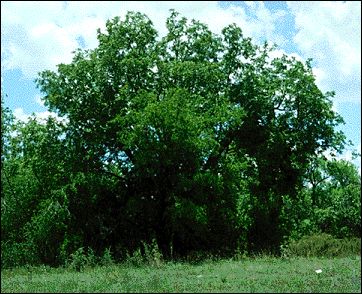

The sun burns, the wind blows, the earth cracks, and the inhabitants suffer. Sound familiar? In the 1840s, this described the Nebraska Territory and the environment the pioneers faced: a vast treeless plain. Having moved from lush, green Michigan, journalist J. Sterling Morton began advocating planting trees to create windbreaks to keep the soil from churning into dust storms, to provide building materials and fuel, and to make shade.
As his career pushed to new levels: editor of Nebraska's first newspaper, Secretary of the Territory, Secretary of Agriculture under President Grover Cleveland, so did his influence. On April 10, 1872, Nebraskans planted about a million trees, and the dusty prairie began to evolve. About a dozen years later, Arbor Day became a legal holiday in the state to be celebrated on April 22, Morton's birthday. The last Friday in April, or a more suitable tree-planting date, is now celebrated in many countries.
The sun still scorches, the wind howls, but trees help to protect
Mother Earth. J. Sterling Morton summed it up himself, "Other holidays repose upon
the past. Arbor Day proposes for the future."

Contributor: Florence E. Schwein, Centennial Museum, University of Texas at El Paso.
Desert Diary is a joint production of the Centennial Museum and KTEP National Public Radio at the University of Texas at El Paso.

Trees make excellent, environment-friendly windbreaks. Photograph by Wynn Anderson.